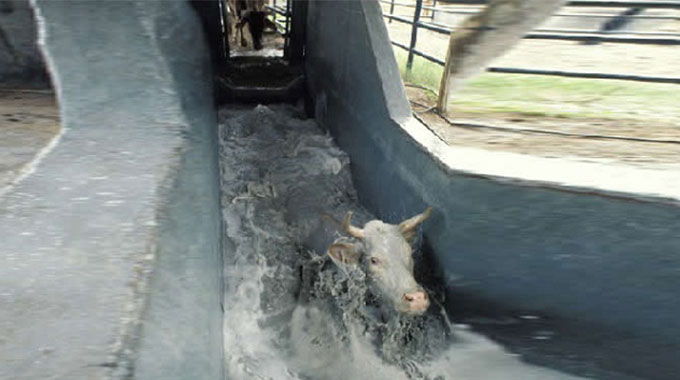Leather sector geared to reclaim lost ground

Oliver Kazunga, Senior Business Reporter
THE country’s leather sector is geared to reclaim lost ground with a host of interventions being implemented under the Zimbabwe Leather Sector Strategy (2021-2030).
Zimbabwe used to be among the top leather producers in the region but over the years, due to a myriad of operational challenges, output has remained subdued.
Estimates indicate that leather shoe production has plummeted to 1,5 million pairs annually from a peak of 17 million in the 1990s after some of the established manufacturing factories closed shop in recent years.
Leather Institute of Zimbabwe (LIZ) president, Mr Cornelio Sunduza, expressed optimism that the interventions being adopted now would transform the sector.
He said the planned setting up of the Satellite Leather Design Studio, for instance, and support from stakeholders like the Common Market for Eastern and Southern Africa and the African Development Bank (AfDB) have given local players more impetus.
“As you know we are just mobilising resources for us to start the Satellite Design Studio, and there is also the Zimbabwe Leather Sector Strategy and funding from organisations such as Comesa and AfDB, all those interventions are meant to restore vibrancy of the sector,” said Mr Sunduza.
“There are a lot of opportunities in the leather sector.
The leather sector is a value chain where you can have engineers, accountants, marketers and designers.
“There is a lot that goes around the sector for instance sourcing of raw materials, marketing of products.”
Government launched the new Zimbabwe Leather Sector Strategy in 2020 to anchor increased investments and maximizing on value-addition and beneficiation to promote export-led industrialisation.
Mr Sunduza said the leather industry used to drive the economy through contracts secured from international brands or companies.
“At some point, we used to manufacture about 17 million pairs of shoes in Zimbabwe and at the height of the leather sector companies had started to manufacture under contract arrangements for brands like Nike,” he said.
“So, most of the international brands that you see, the companies do not have a shoe manufacturing plants locally.
“For example, Nike and Adidas have manufacturing plants in the United States, and most of their products that you see were made in Zimbabwe under contract and distributed in Southern Africa or in Africa.
Now because of the downturn, we are making about 1,5 million pairs annually.”
The leather industry started catching the cold at the turn of the new millennium, which saw the closure of the second largest shoe manufacturer after Bata, G&D Shoes.
Mr Sunduza said Zimbabwe was importing 14,2 million pairs of leather, non-leather and synthetic, among other materials per annum.
“So, the gap between 1,5 million pairs and the capacity we reached of 17 million shows the opportunity we have to reinvest in order to reach our full capacity and go beyond,” he said.
“Don’t forget import substitution and we also have got to export some of our shoes to countries like Malawi and Zambia that don’t have the capacity we have.”
Mr Sunduza said the potential to tap into the entire Sadc region and beyond was high but stressed the need to tackle some of the inherent challenges.
“We’ll need a lot of capital injection.
We will need the Government to help in terms of housing the SMEs because as you can see some of the SMEs are selling their products right from the streets and when you buy a product from the street you have no value for it,” he said.
Once Zimbabwe’s industrial hub dominated by large manufacturing firms, Bulawayo used to host several leather factories.
Among others that have folded are entities such as Cathula Sandals, Salelani Shoe Company, Pathfinder, and Footwear and Rubber.
At its peak Bulawayo’s beef to leather products value chain was fully integrated from cattle farmers in Matabeleland North, Matabeleland South and Midlands provinces, Cold Storage Company to tanneries such as Prestige Leather Tanneries, Wet Blue Industries and Zambezi Tanneries.
The leather sector is regarded as a low-hanging fruit for the Zimbabwean economy given the country’s competitive advantages in livestock and crop production, which provide key raw materials.
– @KazungaOliver.











Comments